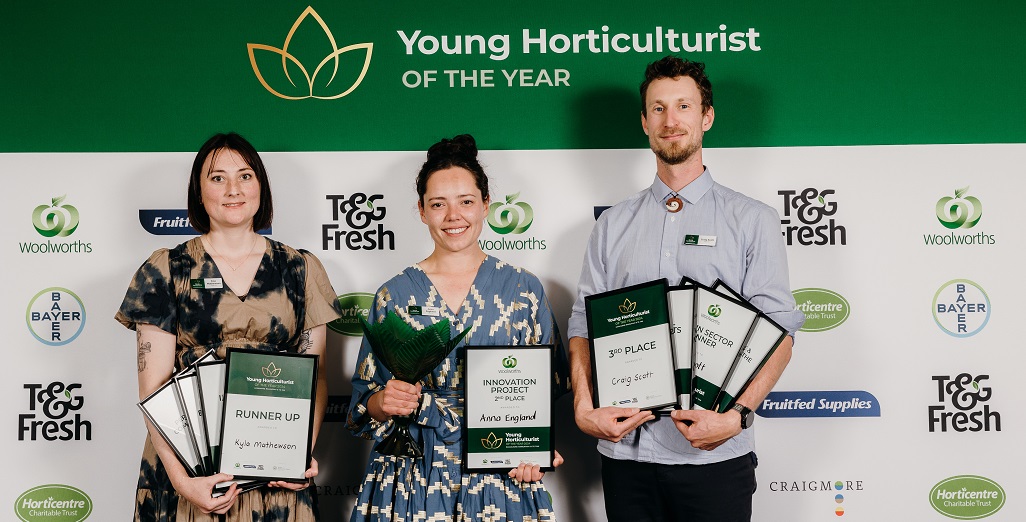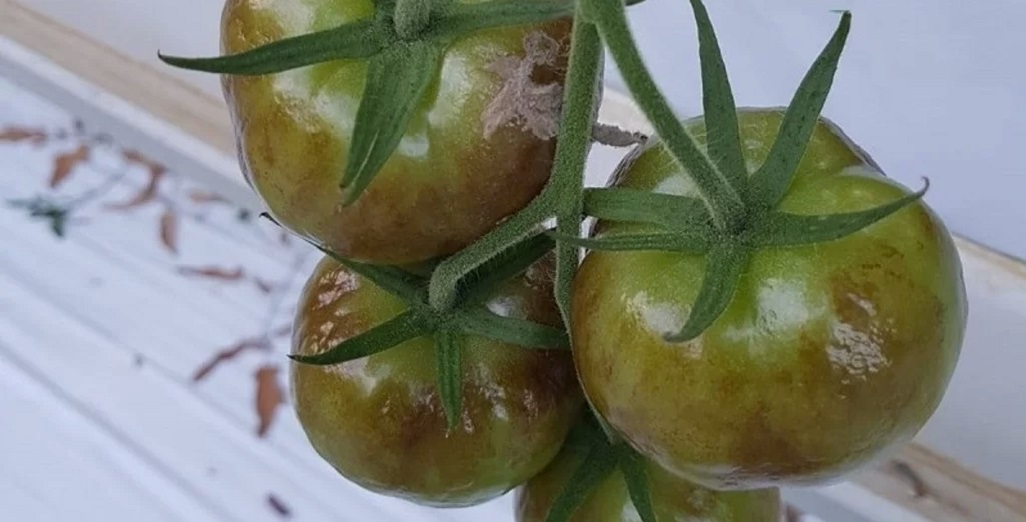Sign up here to subscribe to the Grower2grower Ezine. Every two weeks you will receive new articles, specific to the protected cropping industry, informing you of industry news and events straight to your inbox.
Sep 2019
Tomatoes NZ update on TPP Research

PH D Student Emiliano Veronesi
Last year the Tomatoes NZ board agreed to fund a project, to find possible new biological management for Tomato Potato Psyllid (TPP) and Greenhouse Whitefly, in partnership with Lincoln University. Emiliano, a PhD student from Italy, is being funded by Tomatoes NZ. Below is a short bio on Emiliano and the research carried out to date.
Emiliano Veronesi is from a small town near Milan (Italy), called Lodi. He has a Bachelor’s Degree in Natural Sciences (Università degli studi di Milano) and a Master’s in Environmental Sciences (Università degli studi di Milano Bicocca). Emiliano has worked as a science teacher, scientific reader and scientific translator. Here in New Zealand he is working on a PhD at Lincoln University in the Bio-Protection Research Centre, under the supervision of Professor Steve Wratten.
Emiliano is trying to find a biological answer to the management of two dangerous well-known pests: TPP (tomato potato psyllid) and the greenhouse whitefly. To do so, he is testing new biocontrol agents, evaluating their pest consumption, as well as other important aspects such as the resistance to stressors, their reproductive rate, and their traits. The last aspect is crucial since they are planning to combine two or more biocontrol agents, according to their niches. Some predators might prefer the early stages of TPP, whereas parasitic wasps as Tamarixia triozae tend to interact with older TPP. This approach should lead to an enhanced biocontrol effect. Right now, efforts are focused on the parasitoid wasp Tamarixia triozae and the predatory bug Engytatus nicotinae mainly. Some experiments have been conducted on Engytatus consumption rate. However, there is still a lot of questions to be answered as there is no current literature regarding this predator. The next steps will be to test its feeding preferences, and to investigate aspects that could be crucial: Engytatus might be able to sustain itself on tomato leaves alone, and this trait will make it a “bug pioneer “. Since we would have a biocontrol agent that could be “living in wait” before the pest arrives, instead of more usual biocontrol agents that are normally released only after the grower detects the pest, which might be too late as the grower is unlikely to detect the pest at the early stages of invasion.
Another important aspect which Emiliano will test further is the beneficial effect of floral resources on longevity and effectiveness of biocontrol agents. Several studies are showing that flowers, such as buckwheat (Fagopyrum esculentum) tansy leaf (Phacelia tanacetifolia) and alyssum (Lobularia maritima), can increase the longevity of biocontrol agents (such as Tamarixia) up to 5 times longer than with water alone. The energy coming from floral resources seems to increase the search rate of biocontrol agents also. Emiliano is planning research/work to better understand and exploit these aspects.
The team, helping Emiliano, are starting the Engytatus damage assessment, an experiment (involving almost 30 young tomato) plants in which we are going to evaluate the damage Engytatus might cause to young plants in absence of prey and if it will be able to successfully reproduce with this no-prey condition.
- They are currently being helped by two really good French students (Maelys and Ambroise), who will contribute to the experiments for the next 5 months.
- Emiliano is going to one of the biggest entomophagous conference, in Perugia (Italy), where he has been invited to give a speech about the research. That will be an amazing opportunity to obtain new inputs from worldwide known scientists and learn something new. (The PPT is available here https://drive.google.com/file/d/1dQPI1Rd4A96AfmPPJJzorO_Z7TYdDr9q/view?usp=sharing )
- Emiliano will, with help from the team he is working with, submit a paper that includes the previous work on Tamarixia and Cleobora and the recent data about Engytatus consumption. The current experiment will be part of the next paper.
- If the Engytatus experiment gives a good result, they will run a second experiment on tomatoes to assess Engytatus effects on fructification.
- Last but not least, posters have been printed and will be delivered soon.

This photo is of a Engytatus nicotiane on a tomato leaf feeding on another insect. The leaf is showing CLso (Candidatus liberibacter) symptoms.
.jpeg)
This is the parasitic wasp Tamarixia triozae. It’s on a late-stage TPP nymph. They are known to protect their egg after it has been laid, this might be the case in this image.

This image represent one run of the Engytatus consumption experiment.
Every Petri dish contains 1 leaflet with the pedicel put inside an Eppendorf vial containing water and cotton wool. Upon each leaf either a known number of TPP eggs or nymphs are placed at a specific stage. Controls contain only the leaflet + TPP, whereas in the others, 1 adult Engytatus (male or female) and checked, after 24 hours for the amount of prey consumption.

This is a picture from the rearing room. They are rearing this ladybird on tomato plants and feeding it with TPP and aphids.

Cover photo : Emiliano Veronesi
I appreciate your comments. Please feel free to comment on the grower2grower Facebook page:
https://www.facebook.com/StefanGrower2grower/
Article content supplied by Emiliano Veronesi
Article Edited by Marie Vogrincic, Editor, Grower2Grower
CLASSIFIED
Subscribe to our E-Zine
More
From This Category

Kotare Farms Features on Country Calendar

Cantabrian wins Young Horticulturist of the Year Competition

TNZ Mini Conference August 2024

MPI – decision to temporarily suspend all Imported Australian fresh Tomatoes the correct one.

Plant & Food Research welcomes changes to gene technology regulations






























